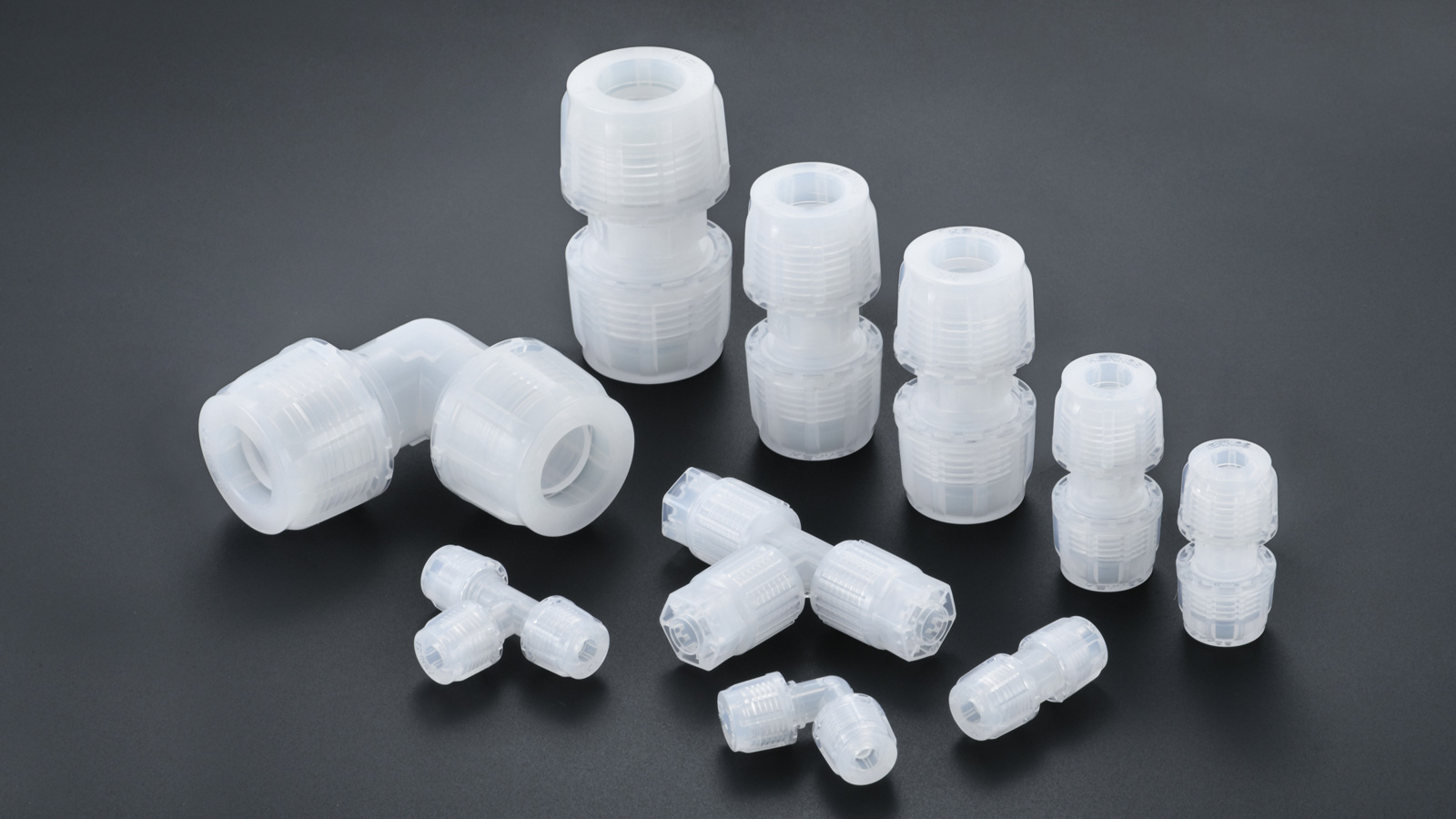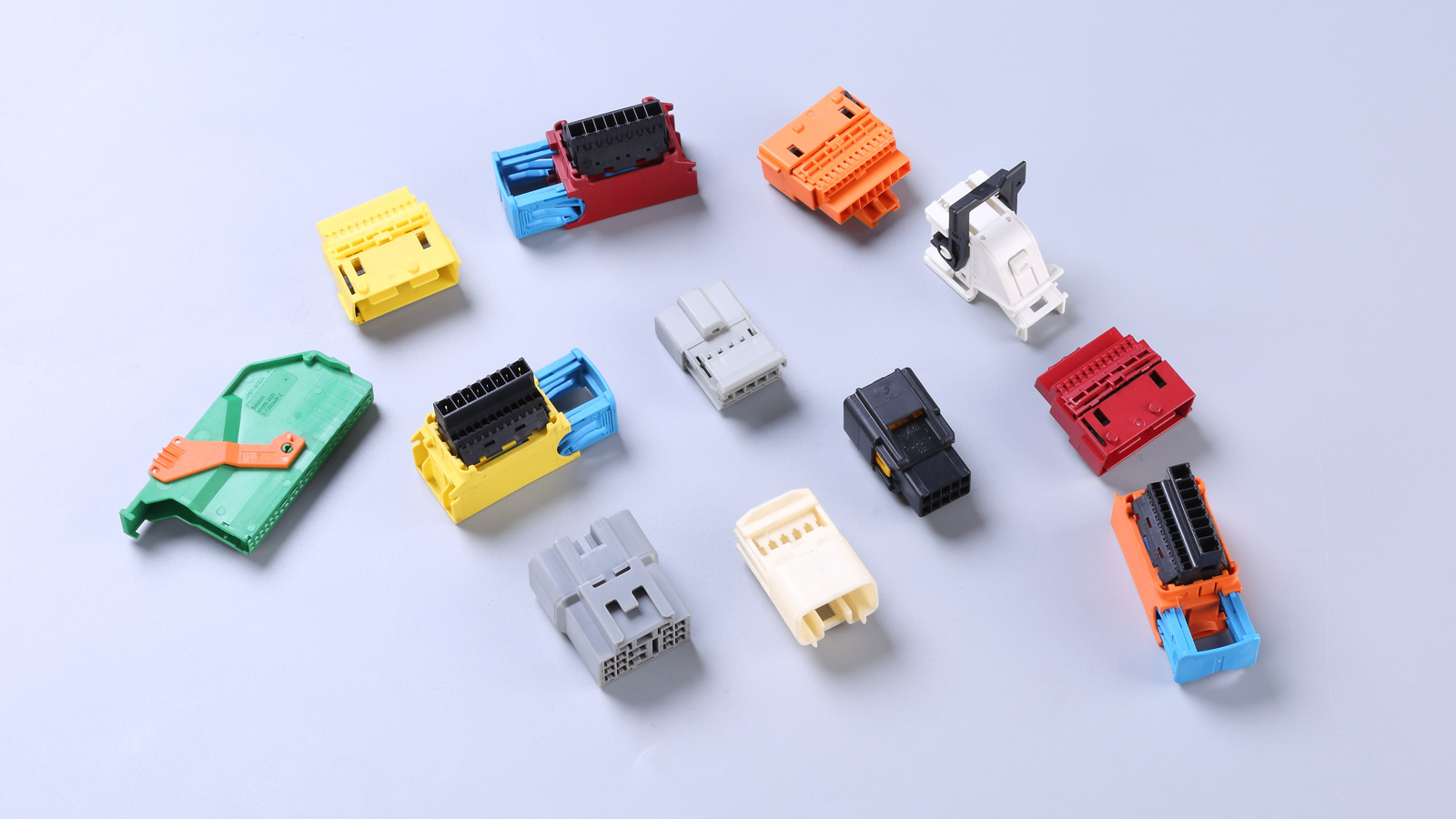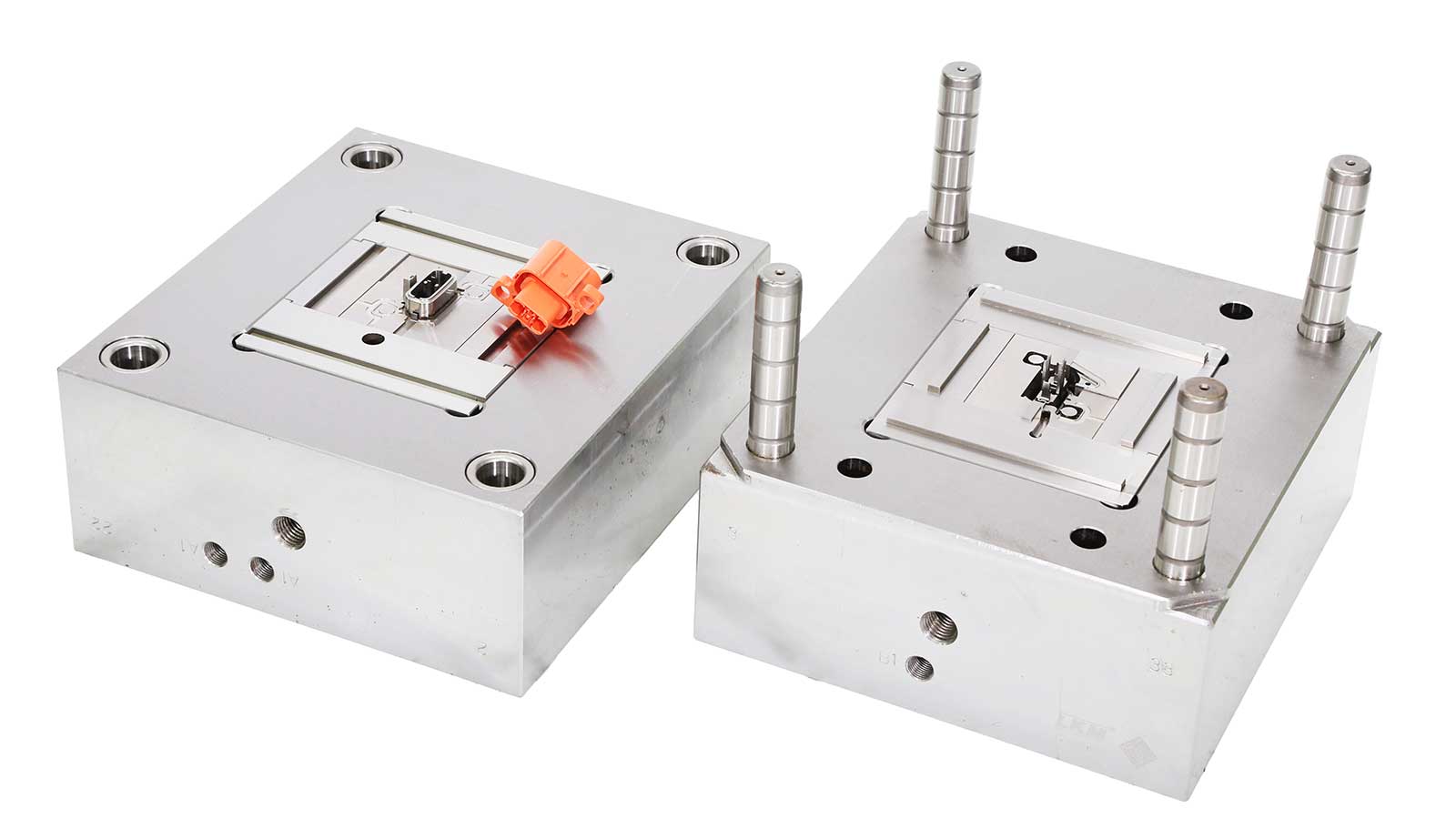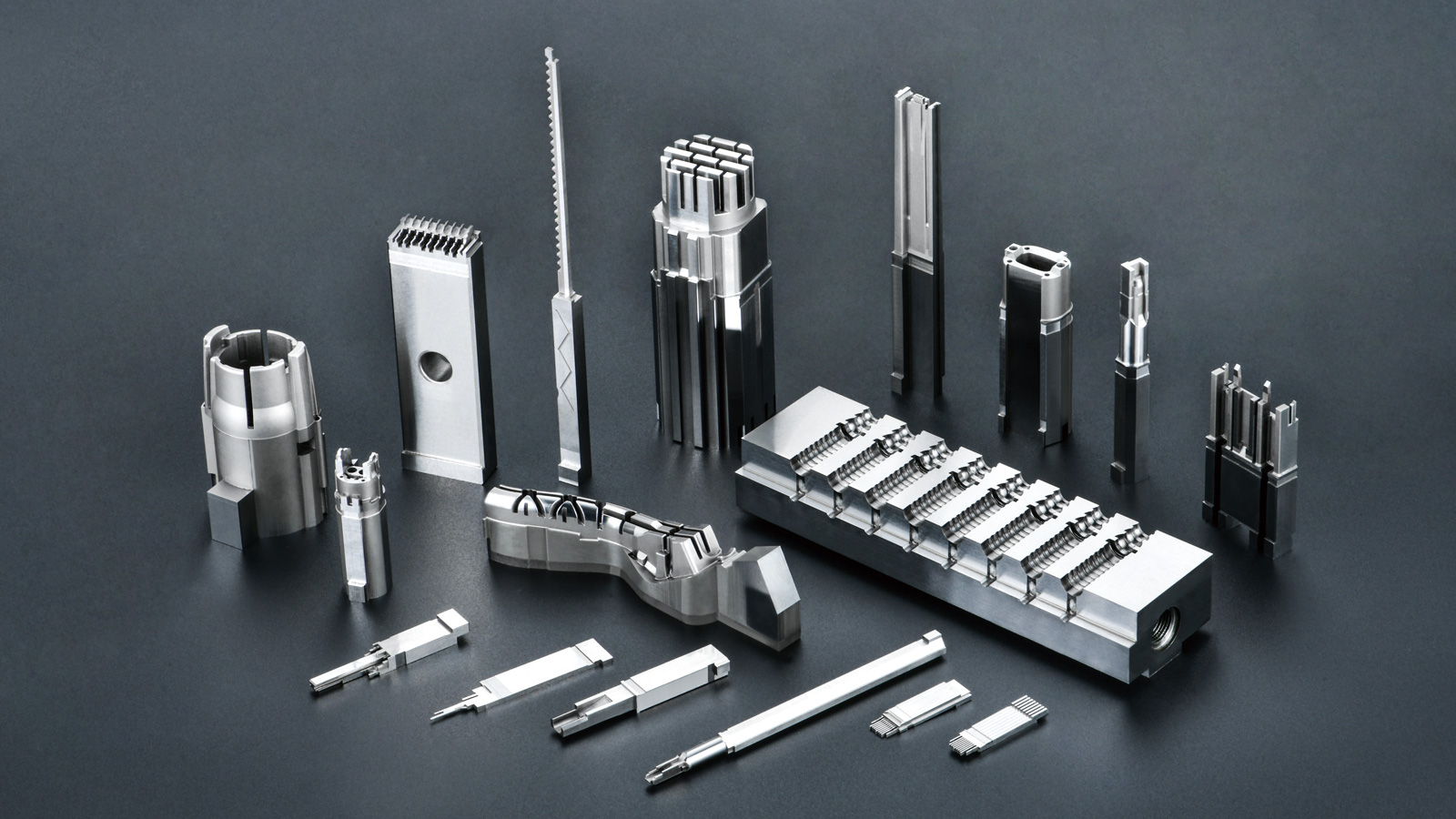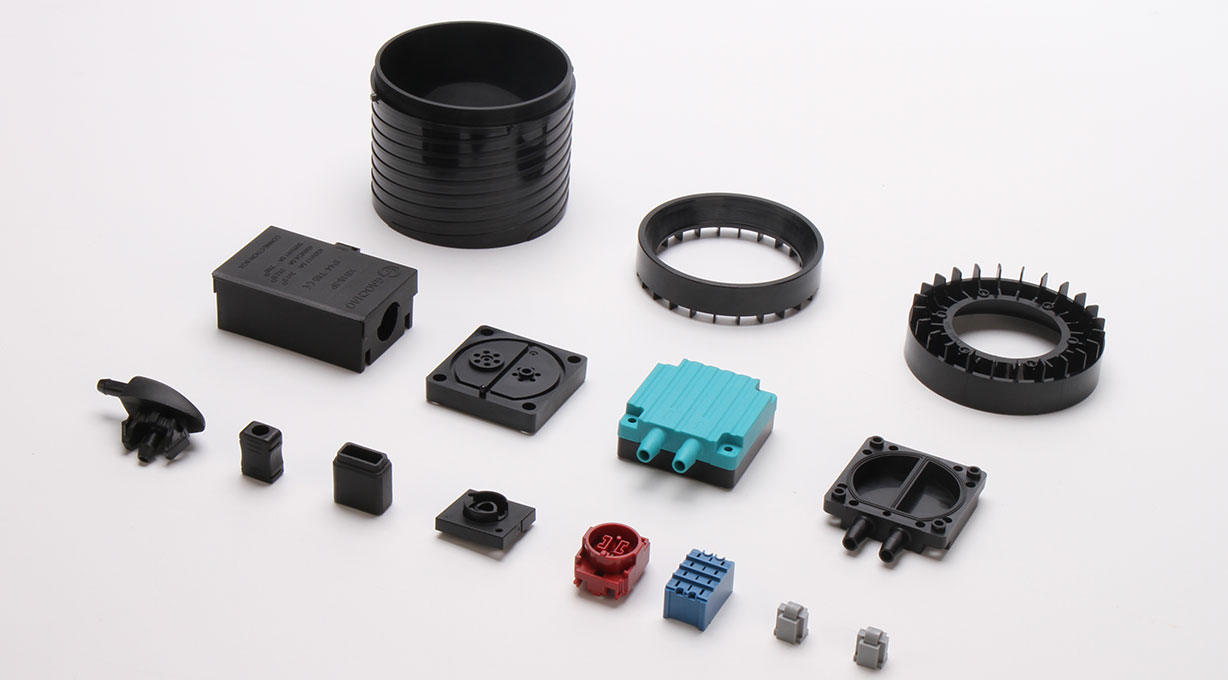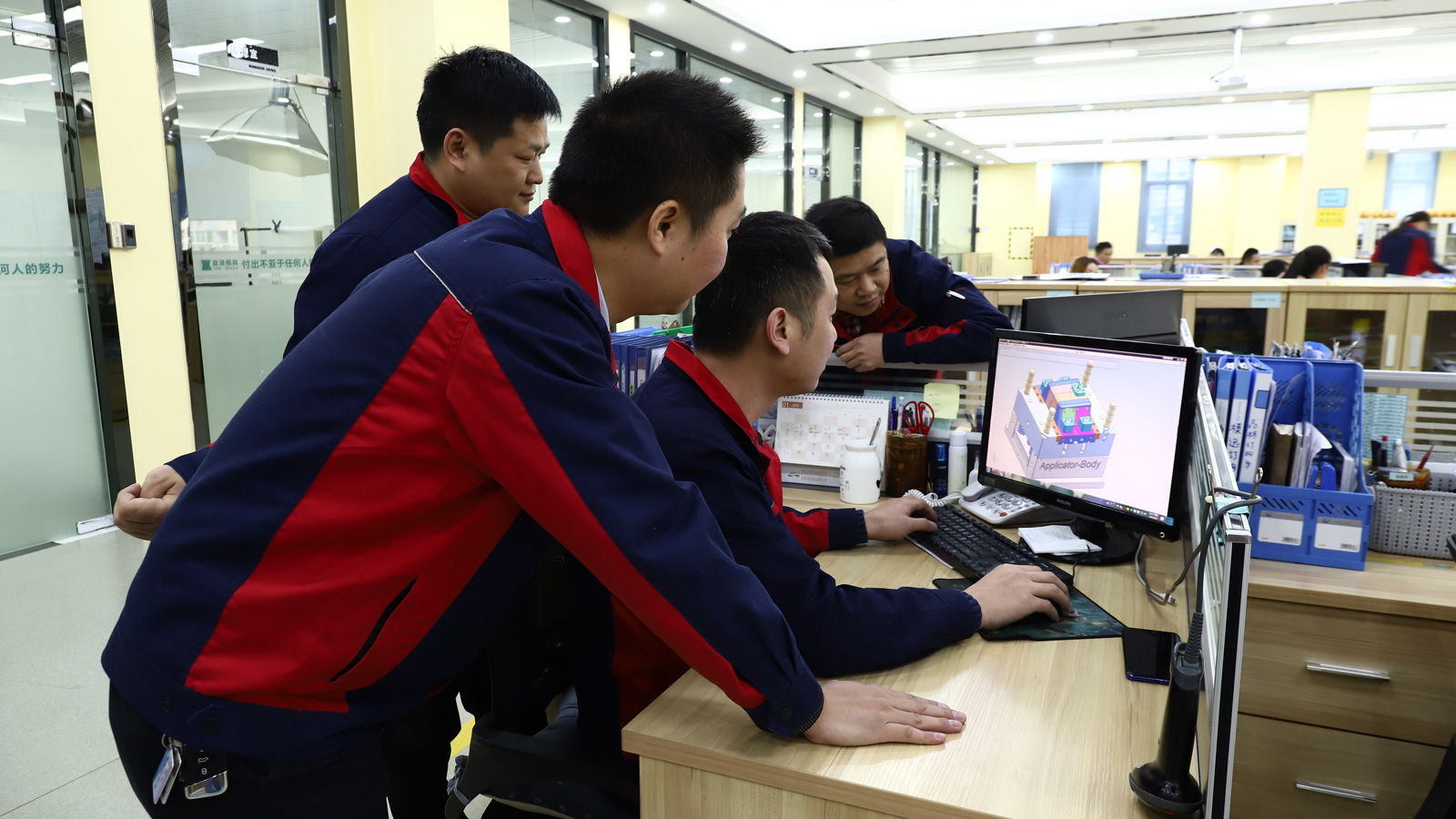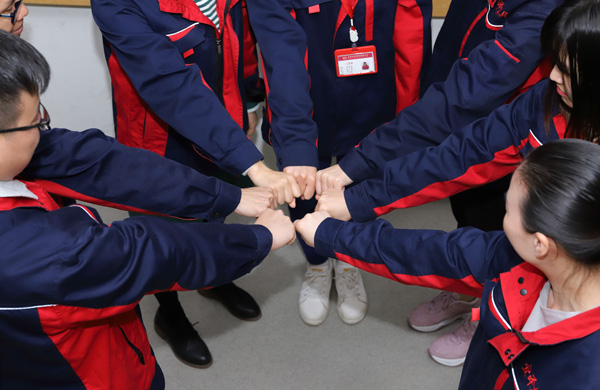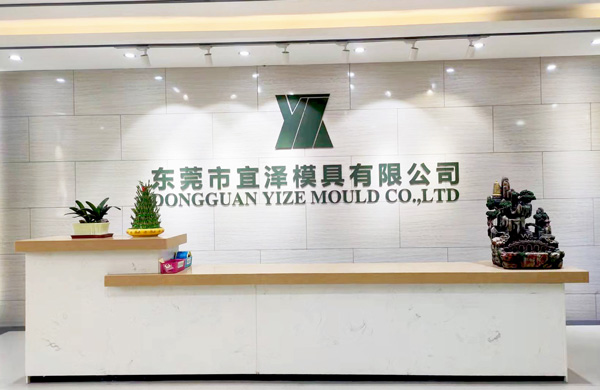In the field of injection mold design, the design of ribs is a crucial task that directly impacts the quality, performance, and production efficiency of plastic parts. So, what issues need to be considered when designing ribs? Let’s explore in detail below.
I. Recognize the Importance of Ribs in Injection Mold Design
(1) Improve the Stiffness of Plastic Parts
Ribs play a key role in enhancing the stiffness of plastic parts. Reasonably placing ribs on the non – cosmetic surfaces of plastic parts, especially at weak points in terms of strength and stiffness, can significantly improve the stress distribution of the plastic parts. They act like an “internal skeleton” for the plastic parts, effectively increasing their strength and rigidity. At the same time, this design approach can save material usage and reduce production costs while ensuring the performance of the plastic parts.
(2) Overcome Warpage Deformation
Plastic parts are usually thin – walled structures composed of multiple wall surfaces. For those plastic parts with thin walls and large areas, slight external forces can easily cause deformation. Although this deformation generally does not directly damage the plastic parts, it can seriously affect their normal use. Placing ribs at the weak points of the plastic parts is like adding a “support” to them, which can effectively overcome warpage deformation and ensure the dimensional accuracy and performance of the plastic parts.
(3) Facilitate Injection Molding
Ribs generally have a short, thick, and solid structure with a relatively large cross – sectional area. Placing ribs at the excessively thin areas of the plastic part body can provide a good channel for the rapid flow of the melt. This helps the melt fill the mold cavity more smoothly, improving the efficiency and quality of injection molding and reducing defects caused by poor melt flow.
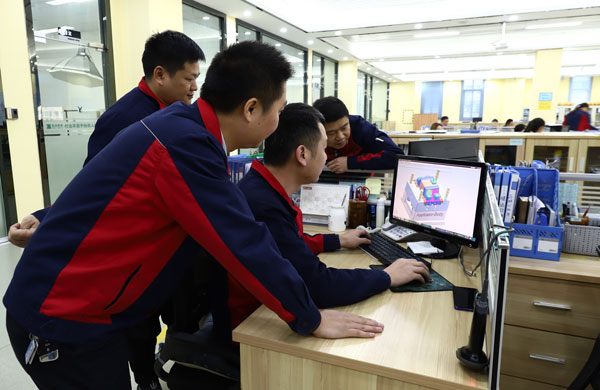
II. Ensure Directional Consistency
(1) Consistent with the Ejection and Filling Directions
The direction of the ribs must be consistent with the ejection direction to facilitate the smooth demolding of the plastic parts after molding. At the same time, the placement direction of the ribs should also be consistent with the direction of the melt flow during filling. This can prevent the melt flow from being disturbed. If the melt flow is hindered, it may reduce the toughness of the plastic parts and affect their quality.
(2) Consistent with the Shrinkage Direction of Plastic Parts
Plastic parts will shrink after molding. The direction of the ribs should also be consistent with the shrinkage direction of the plastic parts. This can prevent the formation of internal stress around the ribs during the shrinkage of the plastic parts and reduce the possibility of deformation and cracking of the plastic parts. In addition, reasonably using ribs can also prevent the shrinkage deformation of the products and improve their dimensional stability.
III. Control the Thickness of Ribs while Designing Injection Molds
The thickness design of the ribs is also a key aspect. The thickness of the ribs should be less than the wall thickness of the plastic part’s outer shape. If the thickness of the ribs is too large, it may cause defects such as sink marks and depressions in the plastic parts during the cooling and shrinkage process. At the same time, overly thick ribs can also lead to stress concentration at the root of the ribs, which may easily cause micro – cracks and other defects, affecting the service life and reliability of the plastic parts.
In conclusion, the design of ribs in injection molds requires comprehensive consideration of multiple factors. Only by fully considering issues such as the importance of ribs, directional consistency, and thickness control can a reasonable rib structure be designed to improve the quality and production efficiency of plastic parts. If you are interested in injection molds or have any questions, you can consult via email [email protected] or call: 13302615729. Dongguan Yize Mold will provide you with thoughtful service throughout the process.

